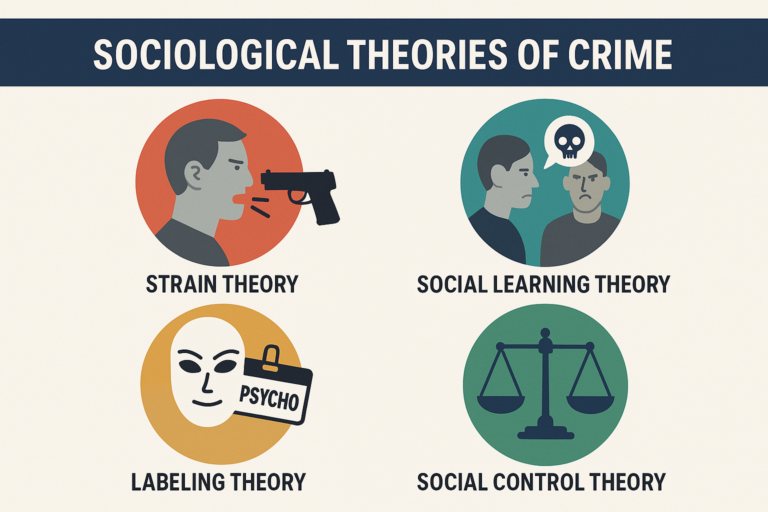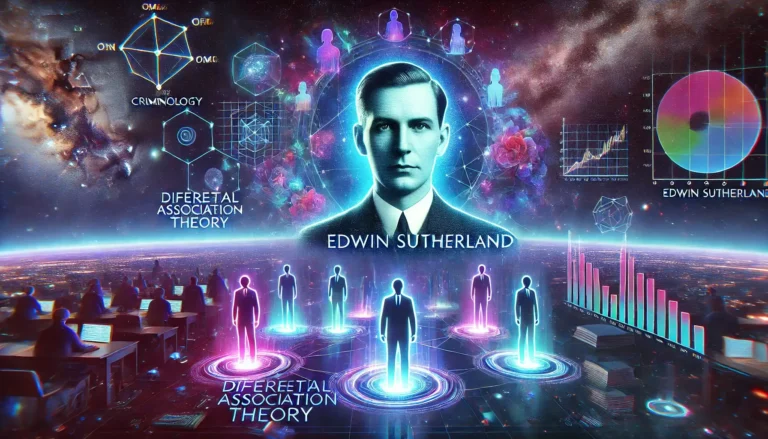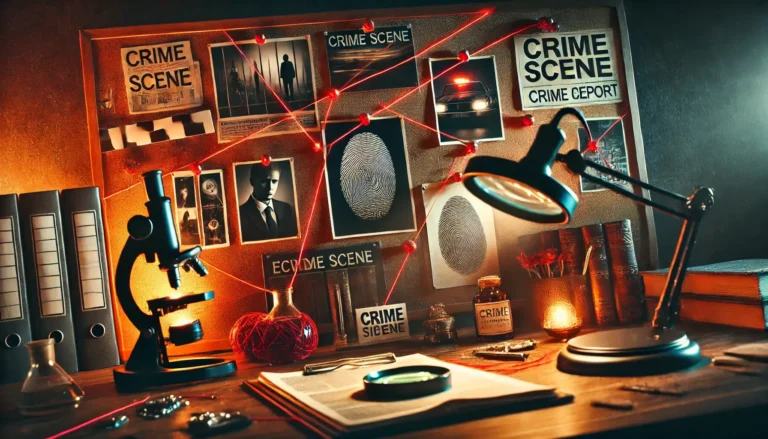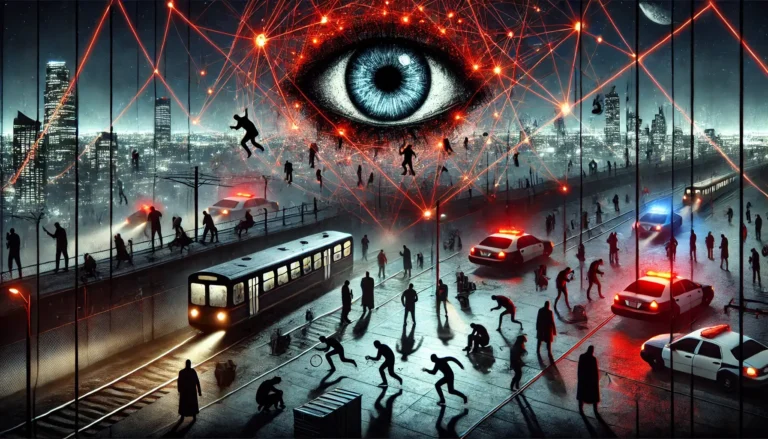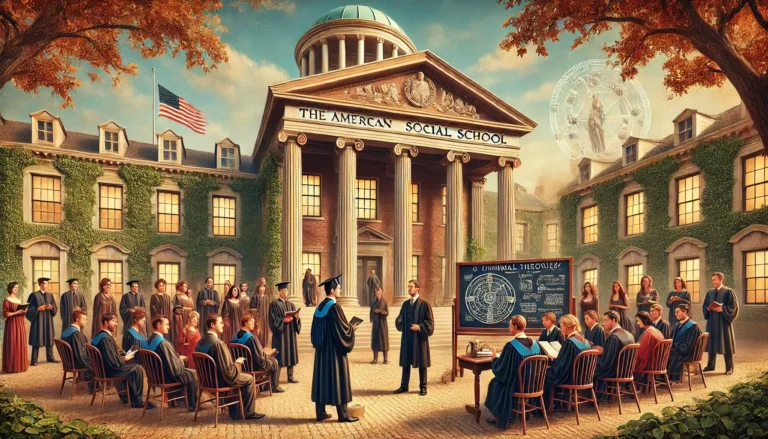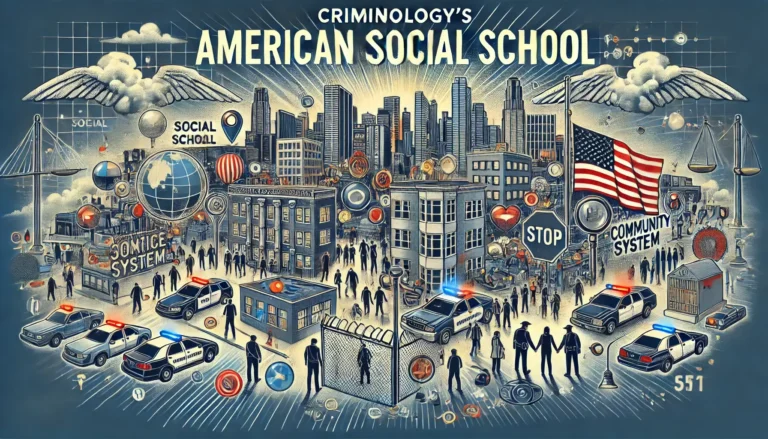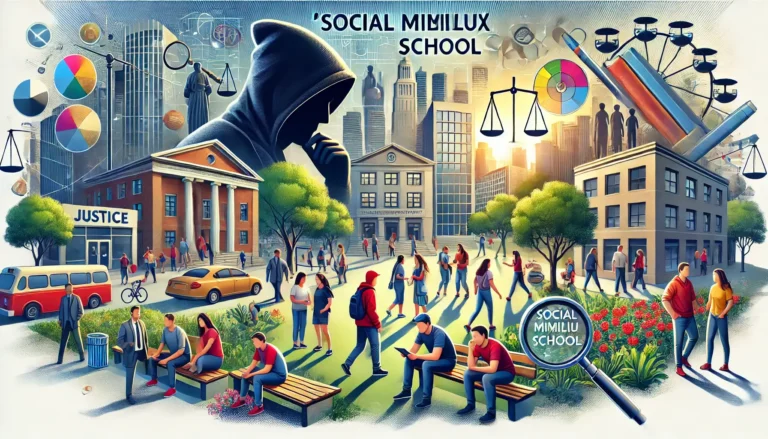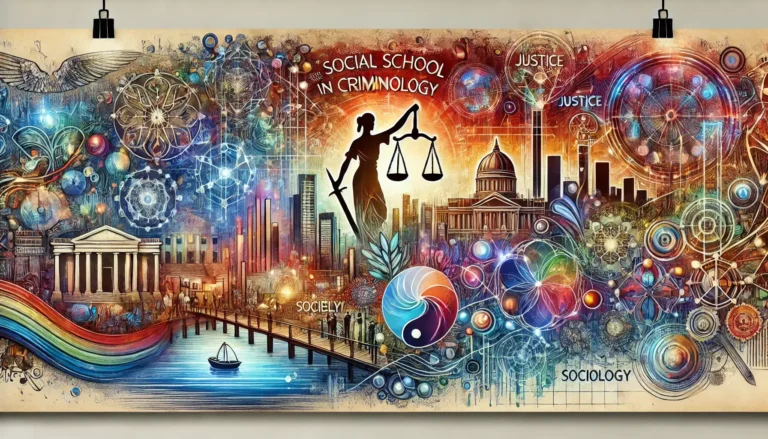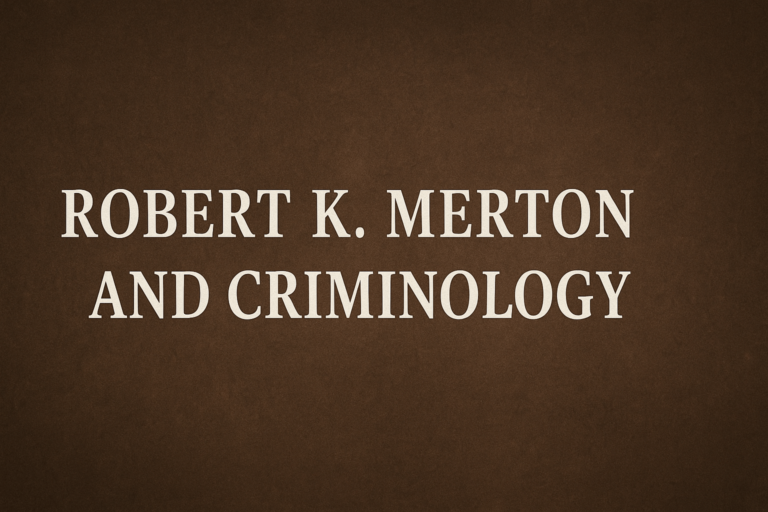Criminology and Sociology: Understanding Crime Through Social Perspectives
1. Introduction Criminology and sociology are two deeply interconnected fields that explore the nature, causes, and consequences of human behavior within social contexts. While criminology specifically focuses on crime, criminal behavior, and the criminal justice system, sociology provides a broader understanding of human society and social structures. Together, criminology and sociology offer powerful tools for…

